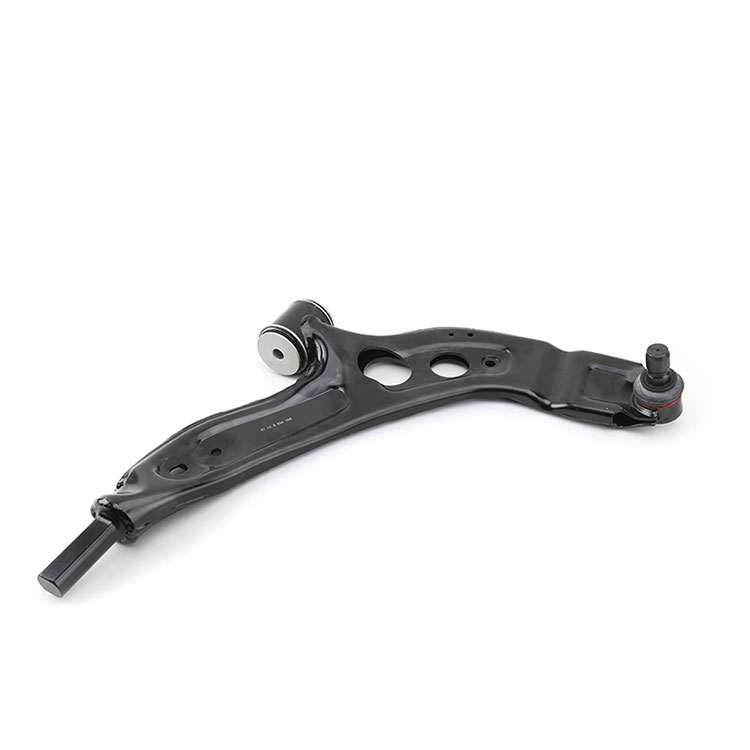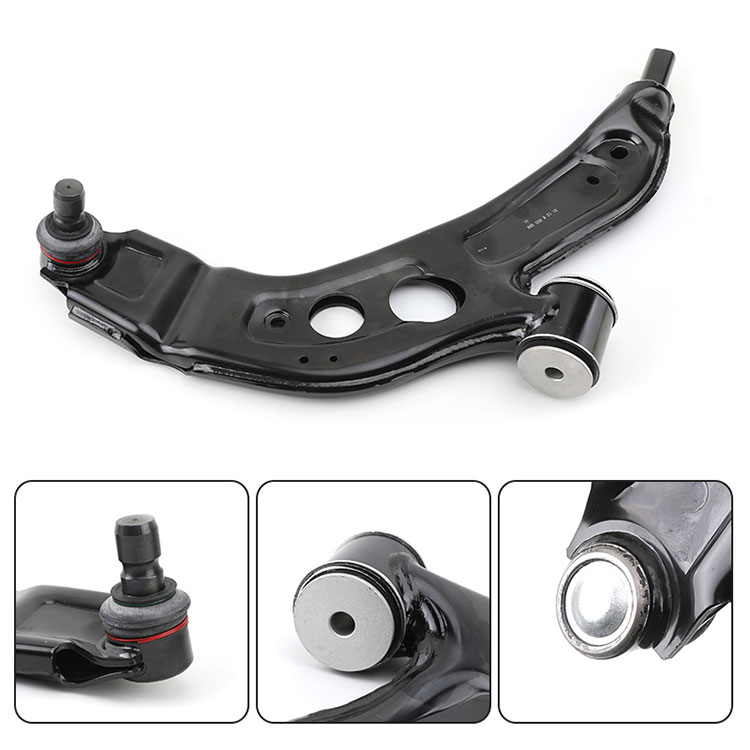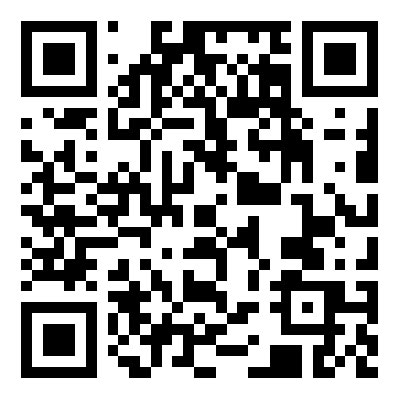What does a broken control arm do?
2024-01-16
A broken control arm in a vehicle can have serious consequences for its handling and stability. The control arm is a crucial component of the suspension system, connecting the wheel hub to the chassis. Its main functions include supporting the wheel assembly, allowing for up-and-down movement of the suspension, and maintaining proper wheel alignment.

If a control arm is broken or damaged, it can lead to the following issues:
Loss of Control: A broken control arm can cause a significant loss of control over the vehicle. This can result in difficulty steering, especially during turns or sudden maneuvers.
Uneven Tire Wear: The alignment of the wheels is dependent on the control arms. A broken control arm can lead to misalignment, causing uneven tire wear. This can decrease tire lifespan and affect overall vehicle performance.
Handling Issues: The suspension system, with the help of control arms, plays a key role in maintaining stability and handling. A broken control arm can lead to poor handling, making the vehicle more difficult to control, especially in challenging road conditions.
Increased Vibrations: A damaged control arm can result in increased vibrations and noise while driving. This can affect the overall comfort of the ride.
Risk of Further Damage: If a broken control arm is not addressed promptly, it can lead to additional damage to other suspension components and systems. This can escalate repair costs.
It's important to note that driving with a broken control arm is unsafe, and the vehicle should be taken out of operation until the necessary repairs are made. If you suspect an issue with your vehicle's control arms, it's advisable to have it inspected by a qualified mechanic.





